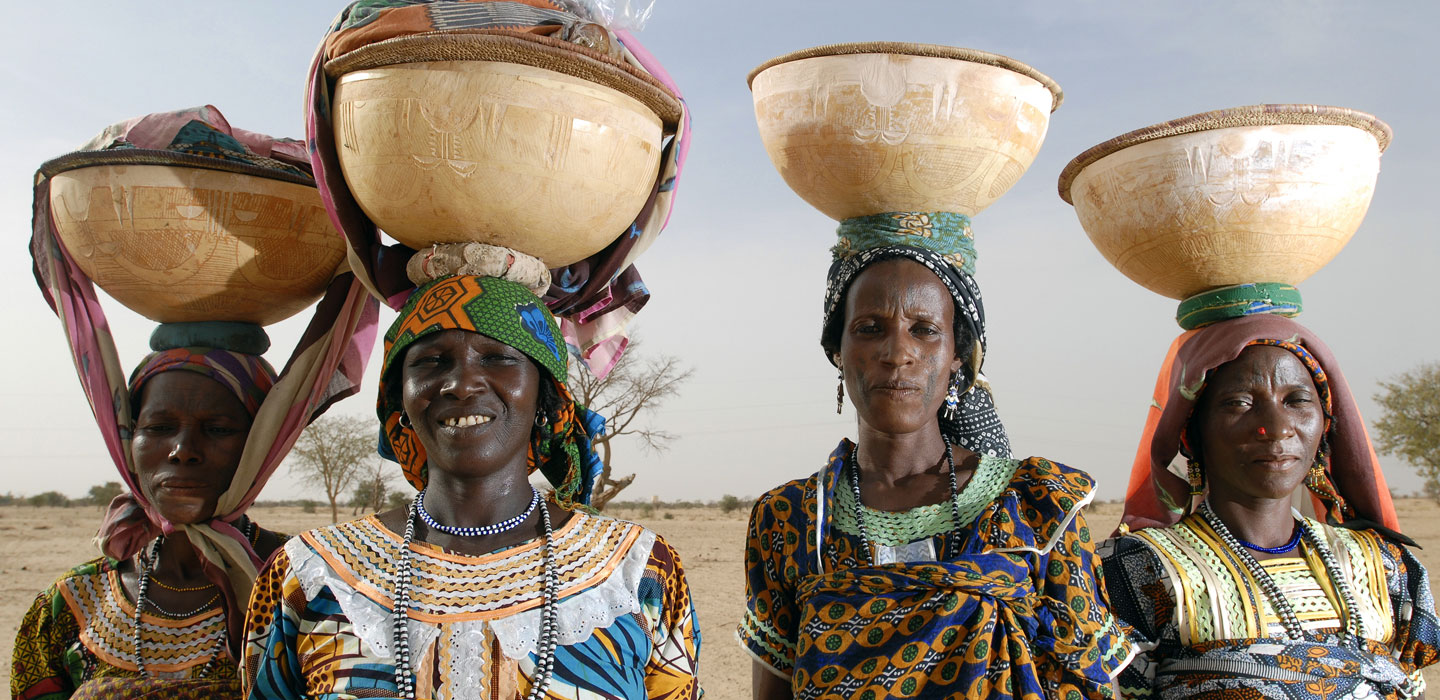Tools and guidelines
Tools and guidelines

Tools and guidelines
Menu Display
Search Results Filters
Search Results
Module 2: How to support farmers’ organizations in designing their business plans
December 2016
The business plan of an FO is a document providing information on how the FO intends to organize and implement activities so that it is profitable and can succeed. It is an essential tool for the planning, managing and running of a business. It clarifies the operational and financial objectives of a business and contains the detailed plans and budgets showing how the objectives are to be achieved. It may also contain background information about the organization that is attempting to reach those goals.
Scaling up note: Gabon
November 2016
Rural development in Gabon depends largely on growth in the agro-sylvo-pastoral subsector, but the development of the country’s agricultural potential remains incipient. The various strategies adopted by the Government since independence have not succeeded in revitalizing the sector. Currently the agriculture sector employs about 40 per cent of the country’s rural population, although it contributes just 5 per cent of GDP and represents just 0.7 per cent of the government budget. Agricultural land occupies 20 per cent (5.2 million hectares) of the country’s territory, contrasting with the small share of sector activity taking place on less than 10 per cent of arable land. The rural population, which accounted for 20 per cent of the Gabonese people in 2000, is falling steadily as the urban population grows, and represented just 13 per cent of the population in 2013.
How to do Strengthening community-based commodity organizations
October 2016
With populations growing, fast emerging middle classes are demanding quality produce, luxury goods (tobacco, alcohol) and animal proteins, and there is pressure on domestic agricultural production to meet these needs.
How to do note - Formalising community-based microfinance institutions
September 2016
The purpose of this publication is to provide IFAD CPMs, MFIs, and all technical and financial partners with a methodological tool that will facilitate efficient implementation of the institutional transformation or regrouping processes of microfinance institutions, especially those that serve rural populations – processes that a priori are highly complex.
Lessons learned - Formalising community-based microfinance institutions
September 2016
Despite the progress made in the microfinance sector, its expansion has been hindered in large measure by institutional and financial impediments. This situation has led some institutions to embark on an institutionalization, institutional transformation, or regrouping process to overcome the obstacles in their path.
Toolkit: Formalising community-based microfinance institutions
September 2016
Microfinance institutions (MFI) take various forms these days, among them: projects, credit union or village banking networks, savings and credit cooperatives and mutual institutions, associations, capital companies, etc.
Gender in climate smart agriculture, Module 18 for the Gender in Agriculture Sourcebook
July 2016
This module provides guidance and a comprehensive menu of practical tools for integrating gender in the planning, design, implementation, and evaluation of projects and investments in climate-smart agriculture (CSA). The module emphasizes the importance and ultimate goal of integrating gender in CSA practices, which is to reduce gender inequalities and ensure that men and women can equally benefit from any intervention in the agricultural sector to reduce risks linked to climate change. Climate change has an impact on food and nutrition security and agriculture, and the agriculture sector is one of the largest emitters of greenhouse gases. It is crucial to recognize that climate change affects men and women differently. The initial assumption is that social differences, particularly gender inequality, must be taken into account to strengthen the effectiveness and sustainability of CSA interventions. Women are key players in the agricultural sector, yet compared to men, they own fewer assets and have access to less land, fewer inputs, and fewer financial and extension services.
Compendium of rural women’s technologies and innovations
April 2016
It’s a well-worn cliché that women’s work is never done. But in many parts of the world, it’s still undeniably true.